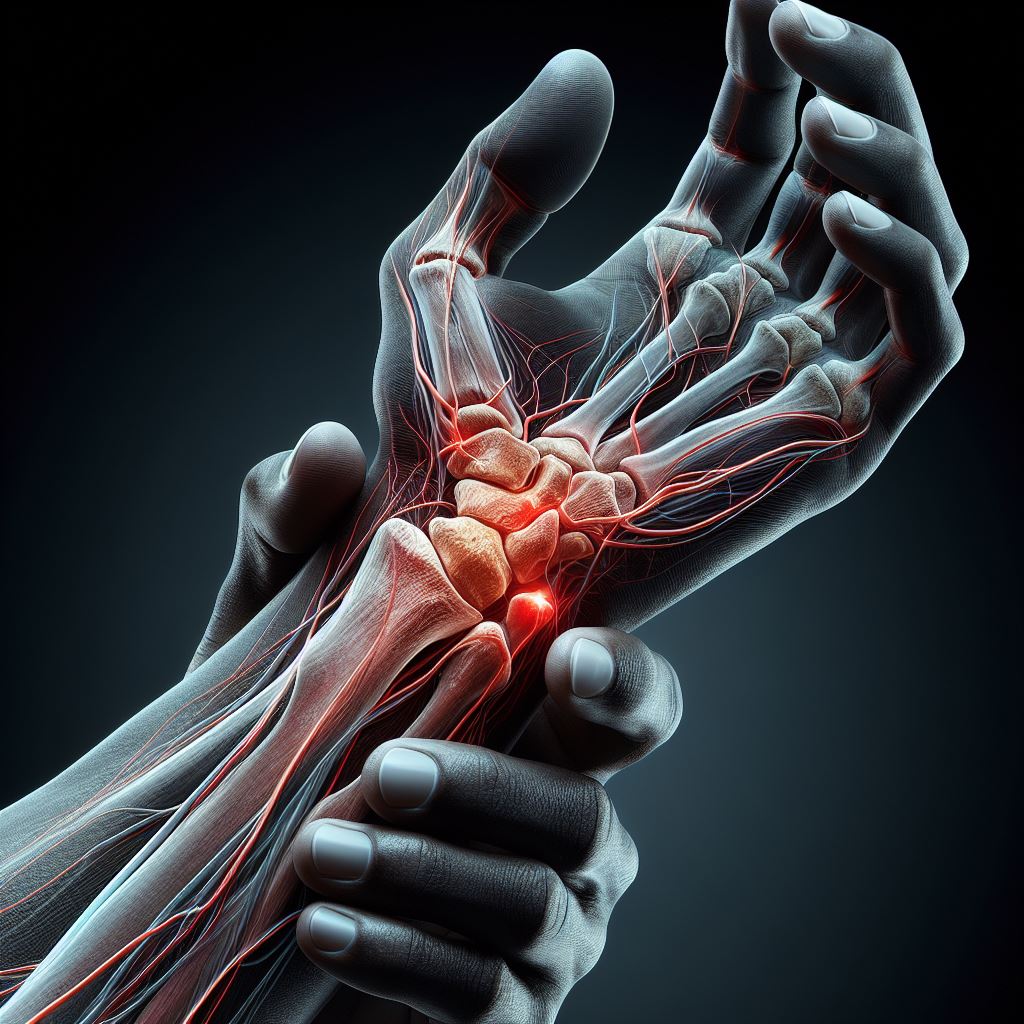The wrist is a complex joint. And we take it for granted. Those who exercise rarely spend time training the wrist. And, even those who include joint mobility training often forget to include the wrist. Those in the mobility training world (including yours truly) often cite the wrist as the most difficult joint to isolate and train to full-mobility range of motion.
What Happens When we Hurt our Wrist
 When we hurt our wrist, we recognize its importance to our daily lives. Sprain your wrist? Try twisting a door knob to simply enter a room. Ouch! Fall on an out-stretched hand (FOOSH)? Double ouch, and possible fracture of the wrist bone(s). I often hear people say that it’s better to break a bone than sprain a ligament. I rarely agree with this sentiment because a fracture is a worse injury than a sprain. I recently sprained my wrist (triple ouch because I’m a chiropractor and my wrist is incredibly important to performing my job). And, it wasn’t a minor sprain. It was significant. But, again, had I broken my wrist, I wouldn’t have been able to work at all. Fortunately, with a sprain, I was able to continue to work (albeit with some discomfort). Laser Therapy, soft tissue treatment, a wrist brace, and then rehabilitation strength and mobility exercises have brought me to about 90% recovery at the time of typing this blog. But, oof, it’s taken a long time. I sprained it in late November, then had Covid, and now it’s February. Sometimes injuries take a while. I often see and hear the frustration in my patients when their injury is taking longer than they expected or wanted (which is often). But, I took my own advice: Keep doing the work that will see the injury recover, and just submit to the unknown timeline until you’re better.
When we hurt our wrist, we recognize its importance to our daily lives. Sprain your wrist? Try twisting a door knob to simply enter a room. Ouch! Fall on an out-stretched hand (FOOSH)? Double ouch, and possible fracture of the wrist bone(s). I often hear people say that it’s better to break a bone than sprain a ligament. I rarely agree with this sentiment because a fracture is a worse injury than a sprain. I recently sprained my wrist (triple ouch because I’m a chiropractor and my wrist is incredibly important to performing my job). And, it wasn’t a minor sprain. It was significant. But, again, had I broken my wrist, I wouldn’t have been able to work at all. Fortunately, with a sprain, I was able to continue to work (albeit with some discomfort). Laser Therapy, soft tissue treatment, a wrist brace, and then rehabilitation strength and mobility exercises have brought me to about 90% recovery at the time of typing this blog. But, oof, it’s taken a long time. I sprained it in late November, then had Covid, and now it’s February. Sometimes injuries take a while. I often see and hear the frustration in my patients when their injury is taking longer than they expected or wanted (which is often). But, I took my own advice: Keep doing the work that will see the injury recover, and just submit to the unknown timeline until you’re better.
Pro Tip: Forgoing the process of recovery, and simply hoping time will do the same job, is foolhardy. Time, alone, doesn’t set your tissue up for the proper recovery. Yes, pain may eventually recede, but the tissue quality, strength, and flexibility doesn’t just return.
Wrist Anatomy
A lot is going on at the wrist. The radius and ulna bones of your forearm meet at the wrist. Those bones meet the carpal bones of our wrist (there are eight (8) little carpal bones that are sandwiched between the arm bones and the hand). That’s a lot of bones, and a lot of ligaments keeping our highly dexterous wrist together. And then there are layers of muscles from our elbow, down our forearm, across the wrist, into the palm and fingers.
Pain in the Neck, Butt, Wrist
So, when your wrist hurts, there are plenty of options for what is causing the pain. Like most joints, the wrist has a large range of motion (ROM) that includes flexion, extension, radial deviation, ulnar deviation, supination, and pronation. Put ‘em all together and you get a circular range of motion at the wrist. The ligaments might be sprained. The muscles and tendons might be strained. The joints might be inflamed and/or stiff. And, especially when trauma is involved, the bones may be broken or the soft tissue might be torn. Bottom line, if your wrist hurts, let’s evaluate the possible reasons and begin the recovery process.
Note: carpal tunnel syndrome is another common wrist injury that involves congestion of the nerves flowing past your wrist (actually through the carpal tunnel) to provide nerve supply to the palm and most of your fingers. Pure carpal tunnel syndrome is when the nerve blockage happens only in the carpal tunnel. Often, patients at my practice present with carpal tunnel symptoms, but the instigators can be the carpal tunnel, the forearm muscles, and even higher up the arm, and even irritation to the nerves at the cervical spine (neck).
So, as you see, just like last month’s iliotibial band syndrome blogs showed, one always needs to look at least above and below the site of pain/symptoms to have the full picture of the injury.
In my next blog, I will highlight an ongoing case of my patient dealing with elbow pain that first presented as wrist pain, which is tied to a previous elbow pain!
